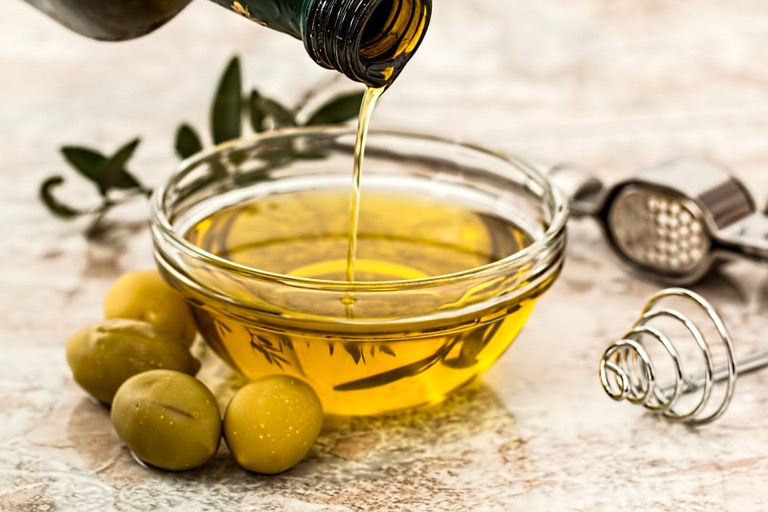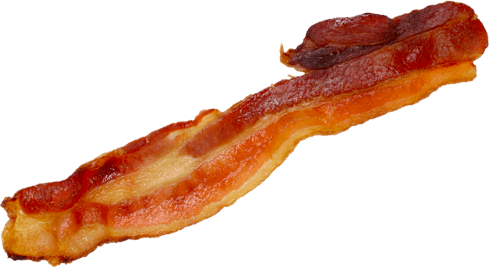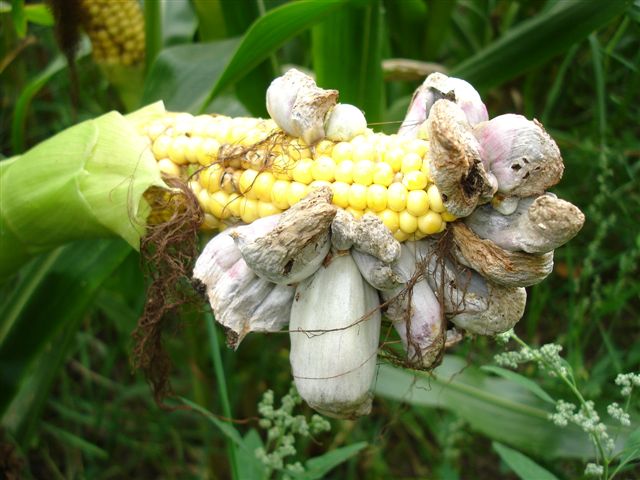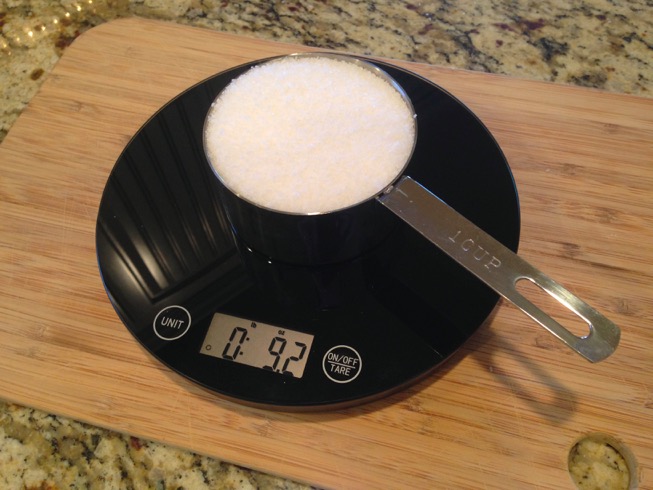The Complexity of Olive Oil
May 05, 2016
After recently having an amazing garden salad, I asked the waitress what was in the dressing. She told me it was only Balsamic vinegar and extra virgin olive oil. I quickly realized I needed to buy better raw ingredients for use at home. Before buying anything, I did some research. I quickly realized that Olive oil is much more complex than I had previously thought.

Comments
The Enemy of Alcohol- Ink Cap Mushrooms
March 03, 2016
Alternate names: Inky Cap, Alcohol Inky Cap and Common Inky Cap.
Ink Cap Mushrooms have a distinctive black ink rim which is created when the cap and gills begin digesting themselves from the bottom edge upward. They are edible but can be toxic if paired with alcohol (full story below).

Read More...
Ink Cap Mushrooms have a distinctive black ink rim which is created when the cap and gills begin digesting themselves from the bottom edge upward. They are edible but can be toxic if paired with alcohol (full story below).

Read More...
Muscles and Meat
February 02, 2015
Pop quiz-
Do you know what part of the pig bacon comes from?
Do you know which muscle your favorite steak is made of?
Here is a list of some common cuts of meat and their anatomic correlations.
Bacon or Belly is composed of anterior abdominal wall subcutaneous fat and three muscles-
Transversus abdominus (deepest layer)
Internal oblique (middle layer)
External oblique (superficial layer)
Bacon is differentiated from Belly by the typical absence of overlying skin or dermal layer.

Read More...
Do you know what part of the pig bacon comes from?
Do you know which muscle your favorite steak is made of?
Here is a list of some common cuts of meat and their anatomic correlations.
Bacon or Belly is composed of anterior abdominal wall subcutaneous fat and three muscles-
Transversus abdominus (deepest layer)
Internal oblique (middle layer)
External oblique (superficial layer)
Bacon is differentiated from Belly by the typical absence of overlying skin or dermal layer.

Read More...
Microwaves, No Flavor but Totally Safe
October 10, 2014
There are two broad categories of radiation- ionizing radiation and non-ionizing radiation.
Ionizing radiation is radiation that carries enough energy to liberate electrons (ionize) from other molecules and therefore can alter or mutate DNA and increase the risk of cancer.
Examples of ionizing radiation- Ultraviolet rays from the sun, x-rays and CT scans.
Non-ionizing radiation is electromagnetic radiation that does not carry enough energy to liberate electrons (ionize) from other molecules and therefore cannot alter or mutate DNA. It carries no increased risk of cancer.
Examples of non-ionizing radiation- MRI scans, AM and FM Radio waves, Cell phones, Power lines, Computers and Microwave ovens.
 Read More...
Read More...
Ionizing radiation is radiation that carries enough energy to liberate electrons (ionize) from other molecules and therefore can alter or mutate DNA and increase the risk of cancer.
Examples of ionizing radiation- Ultraviolet rays from the sun, x-rays and CT scans.
Non-ionizing radiation is electromagnetic radiation that does not carry enough energy to liberate electrons (ionize) from other molecules and therefore cannot alter or mutate DNA. It carries no increased risk of cancer.
Examples of non-ionizing radiation- MRI scans, AM and FM Radio waves, Cell phones, Power lines, Computers and Microwave ovens.
 Read More...
Read More...Corn Smut the New Truffle
April 04, 2013
Corn smut, also known as Huitlacoche is a fungus that infects corn and replaces the normal kernels with large distorted fungal tumors similar to mushrooms. The origin of the name is debated but probably means either sleeping excrement or raven’s excrement. Sounds tasty right?
 Read More...
Read More...
 Read More...
Read More...The Perfect Brine and the Science behind it
January 01, 2013
When it comes to brining, there are multiple theories about how it works. First, I will attempt to logically disprove some common myths about brining. Then, I will use my background in chemistry, anatomy and physiology to construct an accurate theory.
 Read More...
Read More...
 Read More...
Read More...